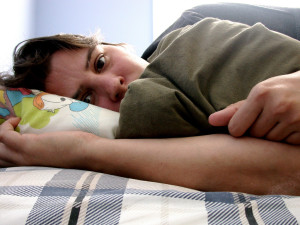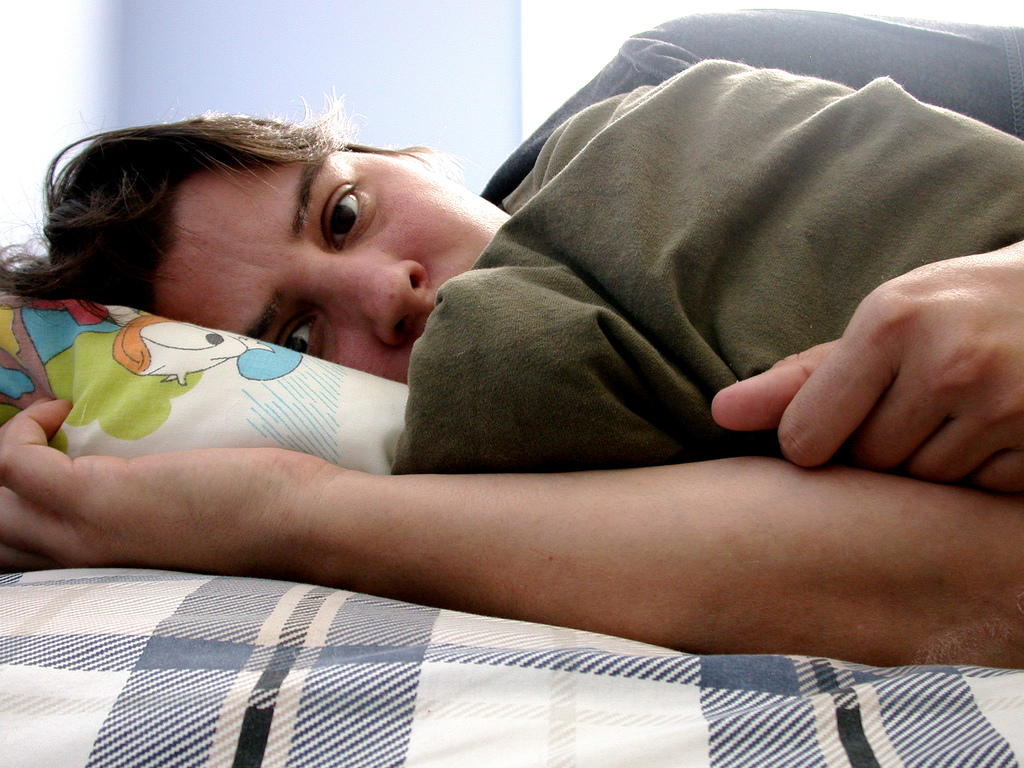>> Illness, disability, and/or pain afflict North Carolina women on an average of five days each month. That means that for two whole months a year, women are living and working in physical discomfort. And like so much else in life, pain discriminates by gender.
Illness, disability, and/or pain afflict North Carolina women on an average of five days each month. That means that for two whole months a year, women are living and working in physical discomfort. And like so much else in life, pain discriminates by gender.
- More than 70% of those who suffer from chronic pain are women. Worldwide, women are more prone to migraines, irritable bowel syndrome, jaw problems, fibromyalgia, osteoarthritis, and back pain. Endometriosis and vulvar pain may affect up to a quarter of all US women.
- Women report higher pain levels than men with the same condition or after the same surgery including things like wisdom teeth removal and hip surgery.
- Many studies indicate that women’s pain goes undertreated by physicians. Women are more likely to have their pain dismissed or ignored, and less likely to get to be prescribed pain medications — although more likely to be prescribed sedatives.
For years, researchers reported that women are more sensitive to experimental pain — with lower pain thresholds (we feel pain sooner) and lower pain tolerance (we can’t bear intense pain as long as men). More recently it has been reported that the type of pain has a lot to do with gender differences: women seem to have lower thresholds for pressure-induced pain and less tolerance for heat-and-cold pain.
On the other hand, women >>recover more quickly from pain than men , seek help for it more quickly, and are less likely to allow it to control their lives. These differences are probably due to a combination of factors.
There is no doubt that, traditionally, boys and girls have been raised to have different outlooks on pain. We know that low levels of estrogen during a woman’s period can bring on migraines. Also during menstruation, when estrogen levels are low, women produce very few endorphins, the body’s natural pain reliever. Many researchers believe that testosterone protects against pain.
A recent UCLA study has found that men and women use different parts of their brain to respond to pain. The limbic system — the emotional center of the brain — turns on in women when we experience pain. Men, on the other hand, respond with the cognitive or analytical part of their brain. This may be one reason that women are more likely to develop anxiety or depression as a result of pain.
Men’s approach has its drawbacks, too. A fascinating study of emergency room visits in Baltimore, MD, found that there was an increase in visits to the ER by men immediately following televised sports events — suggesting that men chose to ignore their chest pain, abdominal pain, shortness of breath and headaches until after a televised sports game was over.
The Campaign to End Chronic Pain in Women makes these suggestions for change. We need:
- Better research on women’s chronic pain conditions;
- Better education of health care professionals, especially aimed at reducing gender-based, social, cultural, communication, and other barriers to effective care;
- Expanded public awareness about chronic pain and its impact on women, their families, and their communities.
When you get right down to it, pain is subjective — and whether women or anyone feels pain differently or describes it differently, they deserve to get the help they need.

There are no comments
Add yours